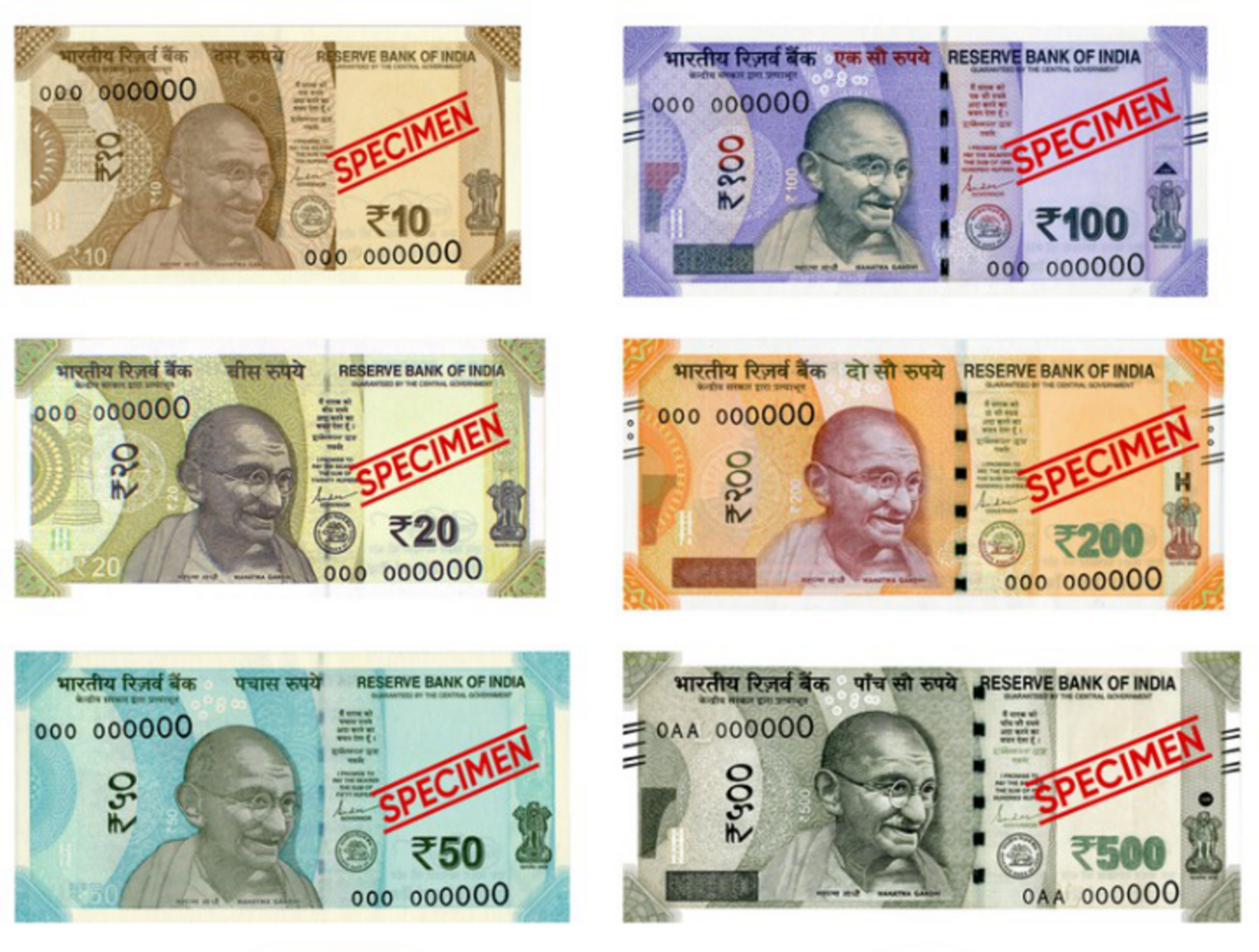Understanding Indian Currency: Stability, Active Coins, and Comparison with Global Standards
Understanding Indian Currency: Stability, Active Coins, and Comparison with Global Standards
Currency Used in India
India’s official currency is the Indian Rupee (INR), which is abbreviated as ₹. The Indian Rupee is issued and regulated by the Reserve Bank of India (RBI), the country’s central banking institution. It is the official medium of exchange for all transactions within India.
Stability of the Indian Rupee
The stability of the Indian Rupee can be assessed through its exchange rate trends and economic factors influencing its value. Historically, the INR has experienced fluctuations due to various domestic and international factors:
- Economic Policies: Changes in fiscal and monetary policies, such as interest rate adjustments by the RBI or changes in government spending, can impact the value of the INR.
- Inflation Rates: High inflation can erode the purchasing power of the INR, leading to depreciation.
- Global Economic Conditions: Global financial crises, trade imbalances, and changes in oil prices can cause fluctuations in the INR.
- Political Stability: Political uncertainty or instability can affect investor confidence and the currency’s stability.
- Foreign Exchange Reserves: The level of foreign exchange reserves held by the RBI influences the INR’s value. Higher reserves can stabilize the currency.
Over the past decades, the INR has generally depreciated against major global currencies due to inflation and trade deficits, but it has shown periods of stability and appreciation as well.

Active Currency and Coins in India
India’s currency system includes both banknotes and coins. Here’s a detailed list:
Banknotes:
| Denomination | Color | Features |
|---|---|---|
| ₹2 | Purple | Often used for small transactions. |
| ₹5 | Green | Commonly used for everyday purchases. |
| ₹10 | Brown | Features Mahatma Gandhi on the obverse. |
| ₹20 | Blue | Features the RBI emblem and Mahatma Gandhi. |
| ₹50 | Red | Features the symbol of India’s heritage. |
| ₹100 | Blue | Features the Red Fort and Mahatma Gandhi. |
| ₹200 | Orange | Features the Sanchi Stupa and Mahatma Gandhi. |
| ₹500 | Stone Gray | Features the Red Fort and Mahatma Gandhi. |
| ₹2000 | Magenta | Features the Mangalyaan and Mahatma Gandhi. |

Coins:
| Denomination | Color | Features |
|---|---|---|
| ₹1 | Silver | Basic unit of currency. |
| ₹2 | Bi-metallic | Featuring the Ashoka Pillar. |
| ₹5 | Bi-metallic | Featuring Mahatma Gandhi. |
| ₹10 | Bi-metallic | Features the Lion Capital of Ashoka. |

Approximate Value Comparison with Top 5 Global Currencies
As of the latest available data, here is an approximate comparison of the Indian Rupee with the top 5 global currencies:
| Currency | Approximate Exchange Rate (1 INR) | Description |
|---|---|---|
| US Dollar (USD) | 0.012 USD | The most widely used reserve currency globally. |
| Euro (EUR) | 0.011 EUR | The currency of the Eurozone countries. |
| British Pound (GBP) | 0.009 GBP | The currency of the United Kingdom. |
| Japanese Yen (JPY) | 1.8 JPY | The currency of Japan, known for its low value. |
| Australian Dollar (AUD) | 0.019 AUD | The currency of Australia, used in global trade. |
The Indian Rupee plays a crucial role in India’s economy and is subject to various factors that influence its stability and value. While it has experienced fluctuations, the INR remains an essential currency for trade and investment within India. Understanding its relative value against major global currencies helps in grasping its economic standing and impact on international trade.
Feel free to comment with your insights or questions regarding the Indian currency or its global positioning!
